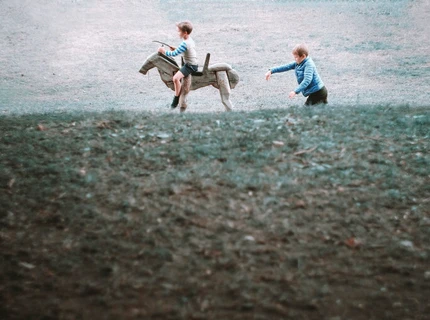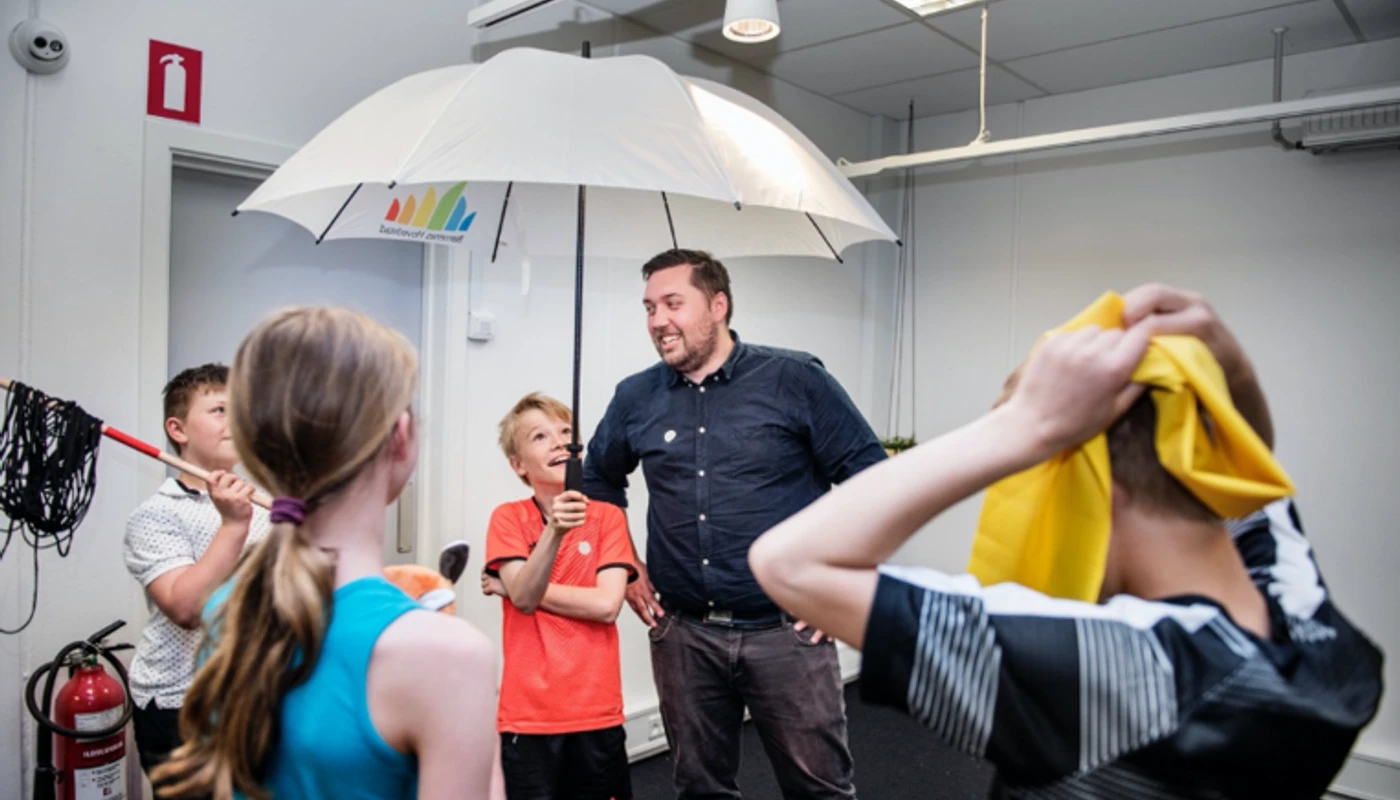
Exploring a Child-Centred Design Approach – from tools and method to approach and mindset
- PhD student
-
Karen Feder
- Main supervisor
- Canan Akoglu
- LAB
- LAB for Play Design
- Collaboration partners
- The LEGO Foundation
About the projekt
This PhD project originates from a professional need and a demand for a higher focus on children in the design process; a theoretical lack of definitions and a shared language for working in a child-centred fashion in design as well as a personal puzzlement why children have not been the starting point when designing for playful experiences for children. The research explores the notion of a child-centred design approach and the influence on the design practitioner when experiencing the world seen from the perspective of the child. The project is rooted in design research and takes on an open and exploratory approach to the field of research through the use of design experiments and a programmatic, structured research question:
“What is a child-centred design approach and how does it influence the designer?”
Purpose
The research aims to explore and understand what a child-centred design approach is. This is done through the development of three child-centred design methods, which is introduced in a experimential way to designers; ‘internship as a child’, ‘co-creating the life of a child’ and ‘comparing child personas’. The field studies conducted in this research project include two pilot studies and two main studies experimenting with the child-centred design methods within different types of participants, surroundings and activities. The child-centred design approach is introduced for the designers in collaboration with children in the children's everyday environments.
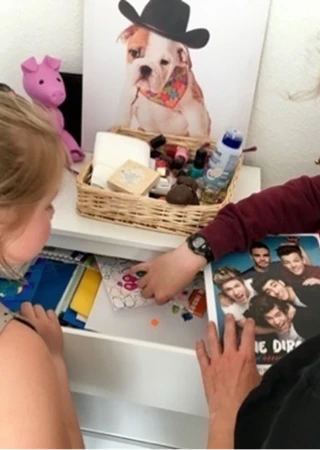
“Design is child-centred when designers participate in children’s lives to become aware of their perspectives on the world”
Methods
The designers’ experience of the child-centred design activities is documented throughout the process through reflections and tracking tools developed specifically for this project – design process strips, reflection cards and a reflection kit, among others. The documentation and follow-up interviews identify how the designer experiences and articulates the child-centred design approach in practice. This accounts for the data material in the analysis resulting in eight grounded concepts reflecting the designers’ experience of the child-centred design approach. The concepts establish the groundwork for the development of four categories: designer, design, child and life, which delimit and structure the theoretical literature which is a part of the discussion and the explanation of the grounded data from the field studies.
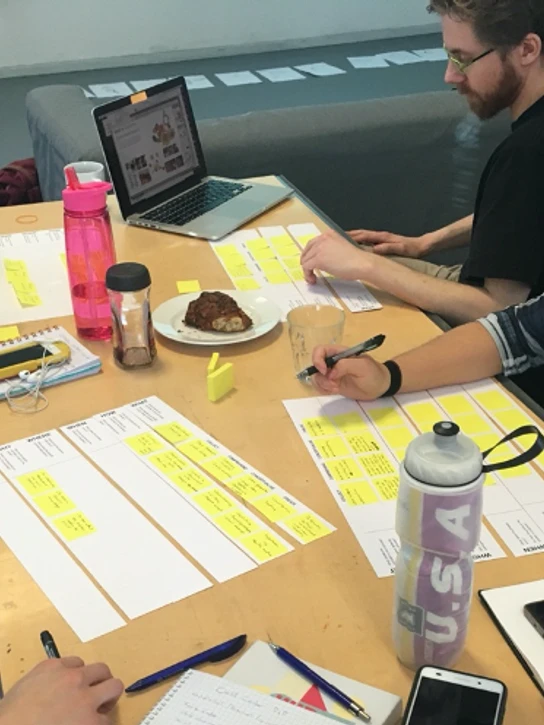
“‘Child-centred design is defined by taking the starting point in the children instead og the expected end product’”
Results
The discussion addresses and answers the research questions: What is a child-centred design approach and how does it influence the designer? The research becomes an illustration of the child-centred design approach, which takes its starting point in the experience of children and their everyday lives. The specific focus is on exploring, inspiring and informing open-ended encounters with the purpose of identifying what kind of play experiences should be designed – and how – in order to make them relevant seen from the perspective of the child. Experiencing the children and their everyday lives through the child-centred design approach leads to unexpected surprises for the designers making them reflect upon their assumptions regarding children and even change their design practice to be conducted with children – a change in mindset that includes the perspective of children in future design processes. This leads to a specific contribution to design research, recommendations for the design industry and implications for design education, as well as directions for further research into the child-centred design approach.
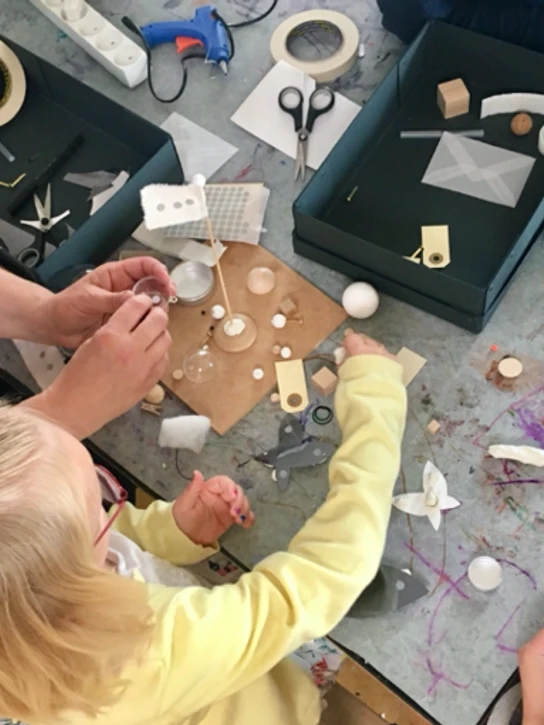
“’It takes a village to raise a child – but it takes a child to teach a designer’”


